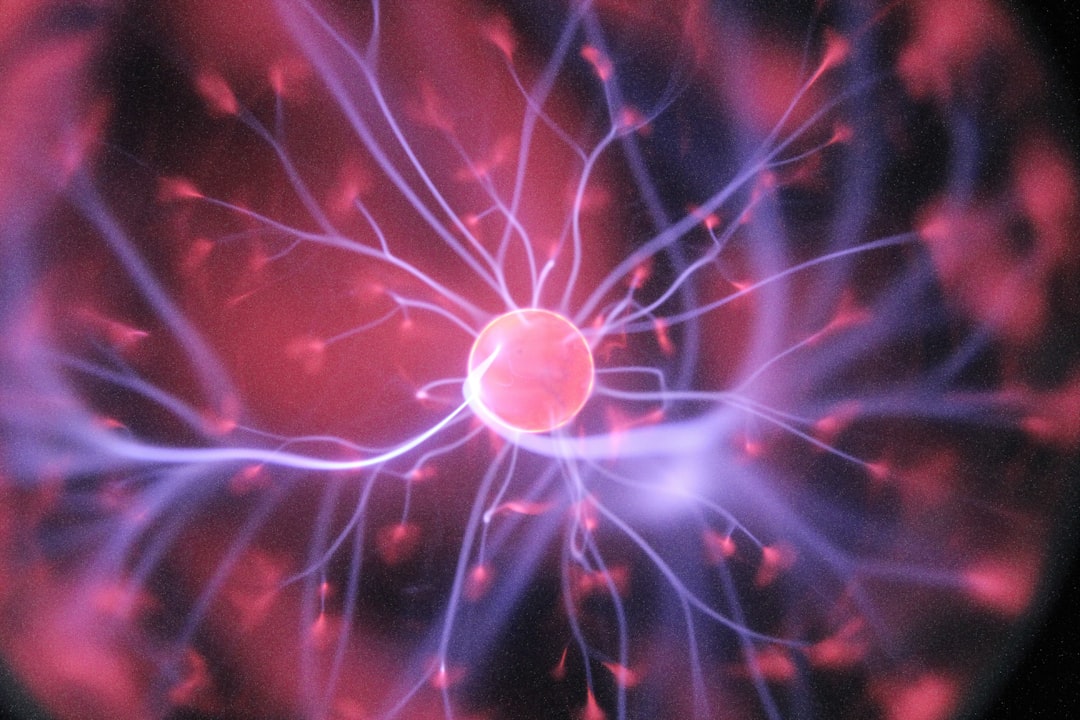What is it about?
Fluorescence correlation spectroscopy (FCS) is used in many biophysical experiments to monitor intensity fluctuations of fluorescently labeled molecules entering and leaving an illuminated volume. To that end, FCS is often used to study molecular interactions between a small ligand labeled with a fluorescent dye and a larger counterpart, which changes the diffusion and the dwell time in the illuminated volume. In addition to studying molecular interactions, FCS is also used to study rapid conformational changes of proteins labeled with a donor and an acceptor dye. The fluorescence intensity and fluorescence lifetime of the donor dye depend on the distance of the two dyes. Even subtle changes of below one nanometer between the dyes is revealed with FCS. However, due to mathematical ambiguities, the forward and reverse transition rates cannot be recovered. We present shrinking gate (sg)-FCS that can determine the forward and backward transition rates of a dynamical system without any assumptions. It combines the intensity and fluorescence lifetime information in a general approach to perform a quantitative analysis of two-state systems and additional distinguishes between biomolecular dynamics and artifacts e.g. due to photophysical intensity fluctuations.
Featured Image

Photo by WrongTog on Unsplash
Why is it important?
Biomolecular dynamics and interactions of biomolecules are central for understanding the molecular basics of life. Therefore, we need techniques, which can quantify fast conformational fluctuations. Our approach will easily be implemented in all laboratories around the world that acquire fluorescence lifetime information in their FCS experiments. Without any assumptions, the dynamic component is isolated and additional experiments to rule out artifacts, from e.g. photophysics of the organic dyes become obsolete. Furthermore, sg-FCS analysis is not limited to biomolecules. All experiments that show a correlated change in intensity and fluorescence lifetime can benefit from sg-FCS. We use sg-FCS, e.g., to unravel the working mechanism of a transmembrane voltage sensor and to monitor the Brownian motion of a biosensor.
Read the Original
This page is a summary of: Shrinking gate fluorescence correlation spectroscopy yields equilibrium constants and separates photophysics from structural dynamics, Proceedings of the National Academy of Sciences, January 2023, Proceedings of the National Academy of Sciences,
DOI: 10.1073/pnas.2211896120.
You can read the full text:
Contributors
The following have contributed to this page










